
In the coming days we will have a full review of the new realme X3 SuperZoom smartphone. In the meantime, we want to share
realme X3 SuperZoom has 6.6-inch screen with a resolution of 2400x1080 (aspect ratio 20:9), pixel density - about 399 ppi. Unlike realme X2 Pro, it uses an IPS matrix. Some people like IPS for its more natural color reproduction, while others prefer AMOLED. A matter of taste. The main advantage of the screen is its refresh rate of 120 Hz. The interface, applications, scrolling through lists, news feeds and social networks look much nicer with a high refresh rate than with the standard 60 Hz. The smartphone has the ability to select a fixed rate of 60/120 Hz or enable adaptive mode, in which the frame rate will automatically switch depending on what is happening on the screen. As for the quality of the picture itself on the screen, the colors look nice and quite natural, the pixel density is enough so that the picture does not seem “loose.” The only complaint about the screen is the small amount of brightness. In the summer, in the sun, the image fades greatly and you have to look closely to read the information.
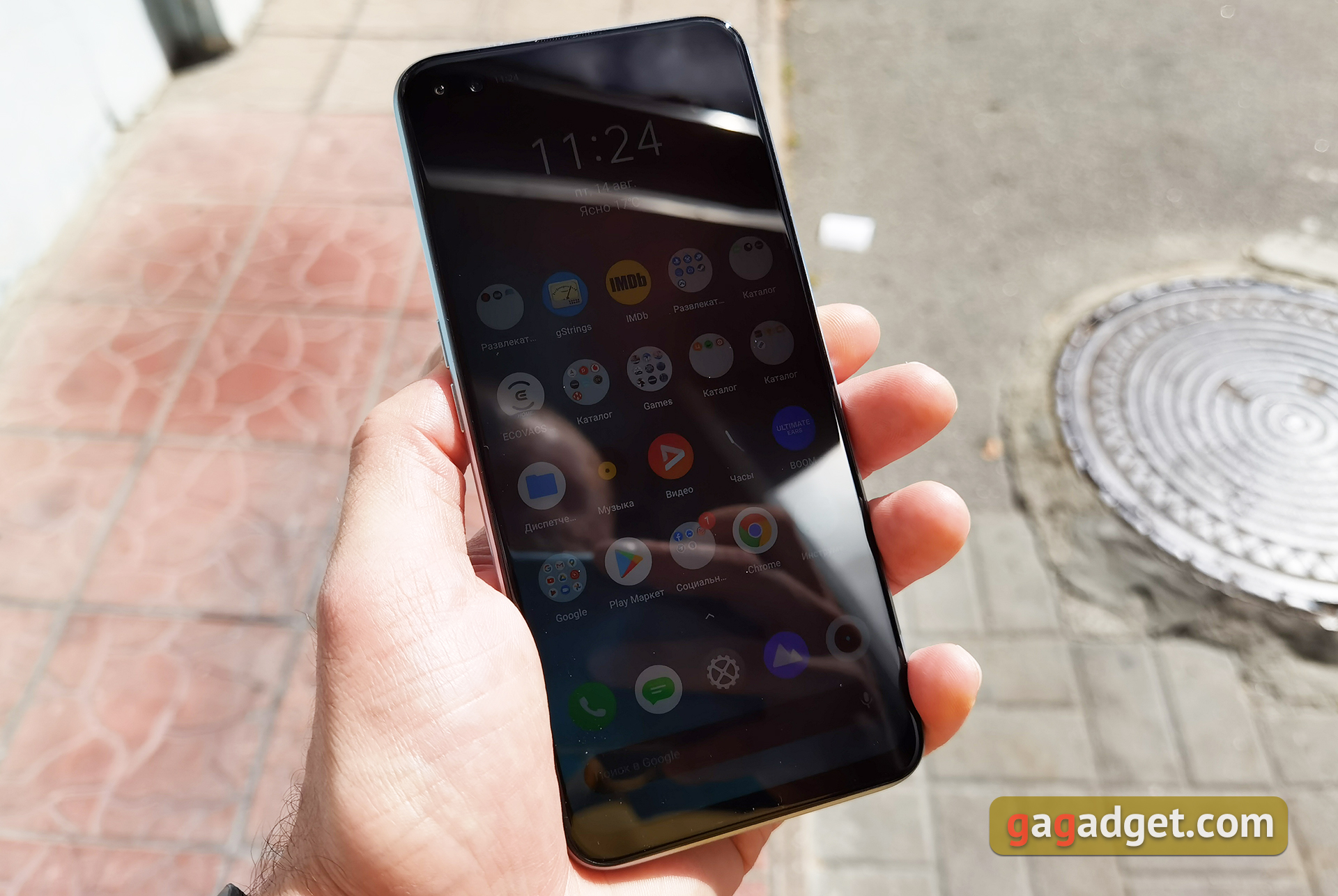
</ img>
How we evaluate screens and how to read everythingWe described these measurement graphs in a separate article. Control measurements showed that in “Yarkoe” mode, the maximum brightness was 364.375 cd/m², which is quite modest for a modern IPS screen in a fairly advanced smartphone. The black field brightness is 0.405 cd/m², and the static contrast is 900:1. The color gamut is close to sRGB, but the picture noticeably goes into cold shades, the color temperature is approaching 9000K (with a reference of 6500K):
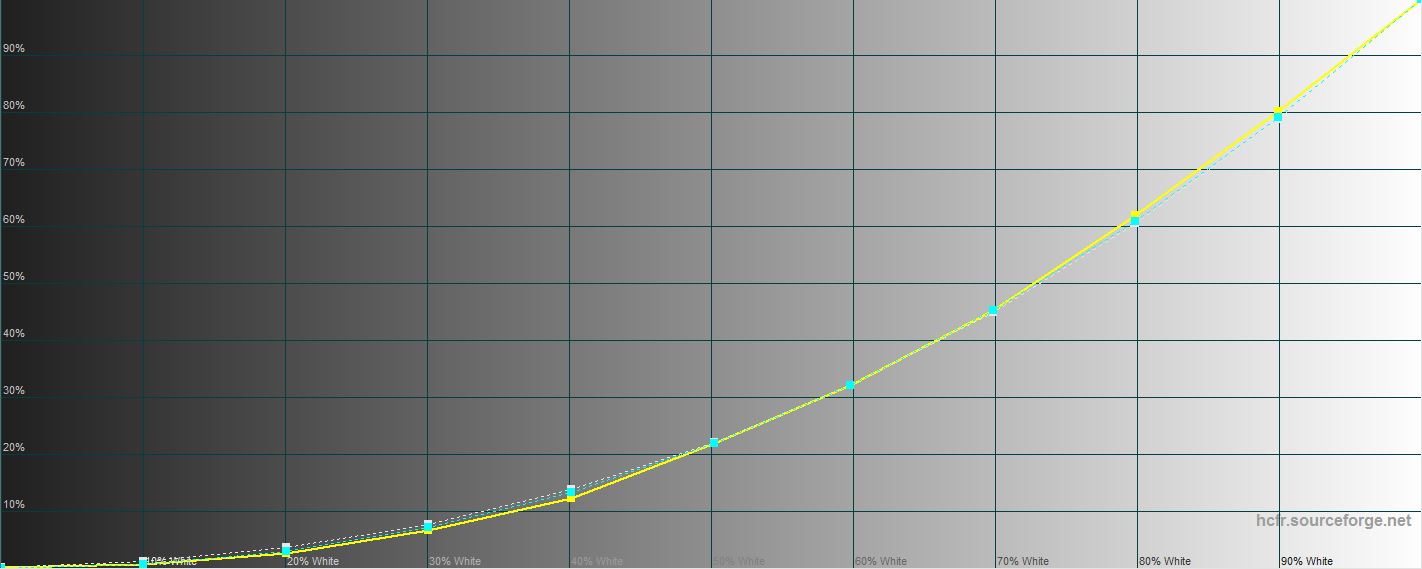
</ img>

</ img>

</ img>
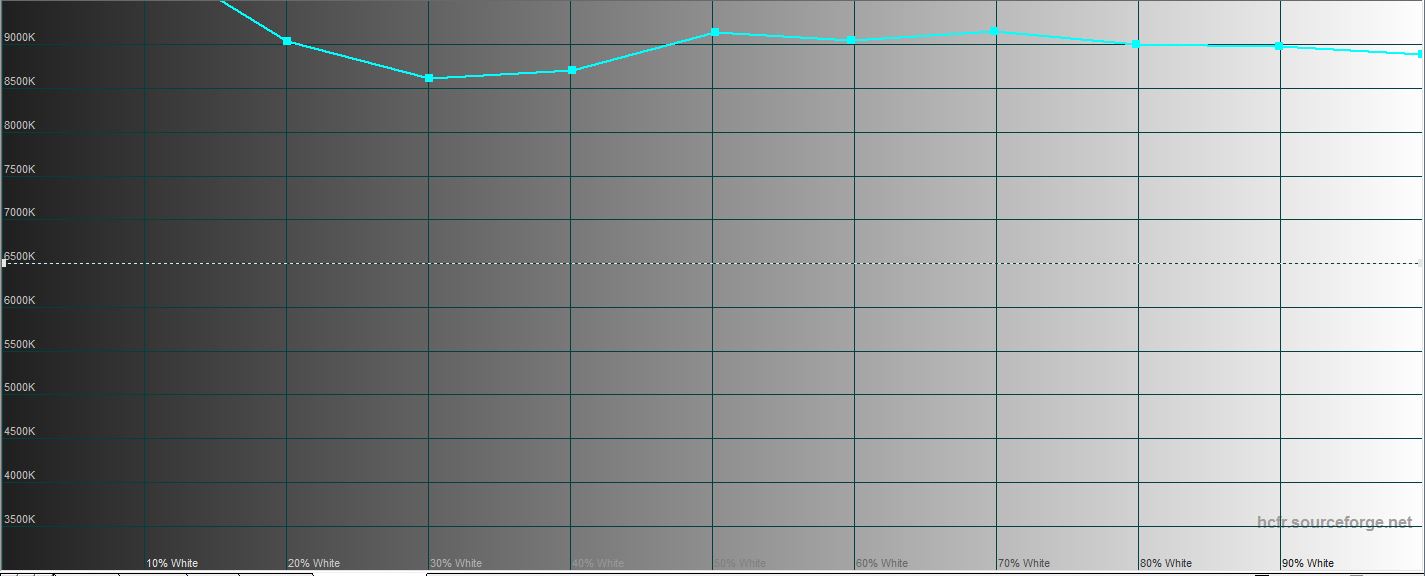
</ img>

</ img>





In “Tenderness” mode (strangename) the maximum brightness is practically the same and is 354.093 cd/m², the black field brightness is 0.397 cd/m², and the static contrast is 892:1. At the same time, the bias towards cold is much less, the picture is closer to natural:

</ img>
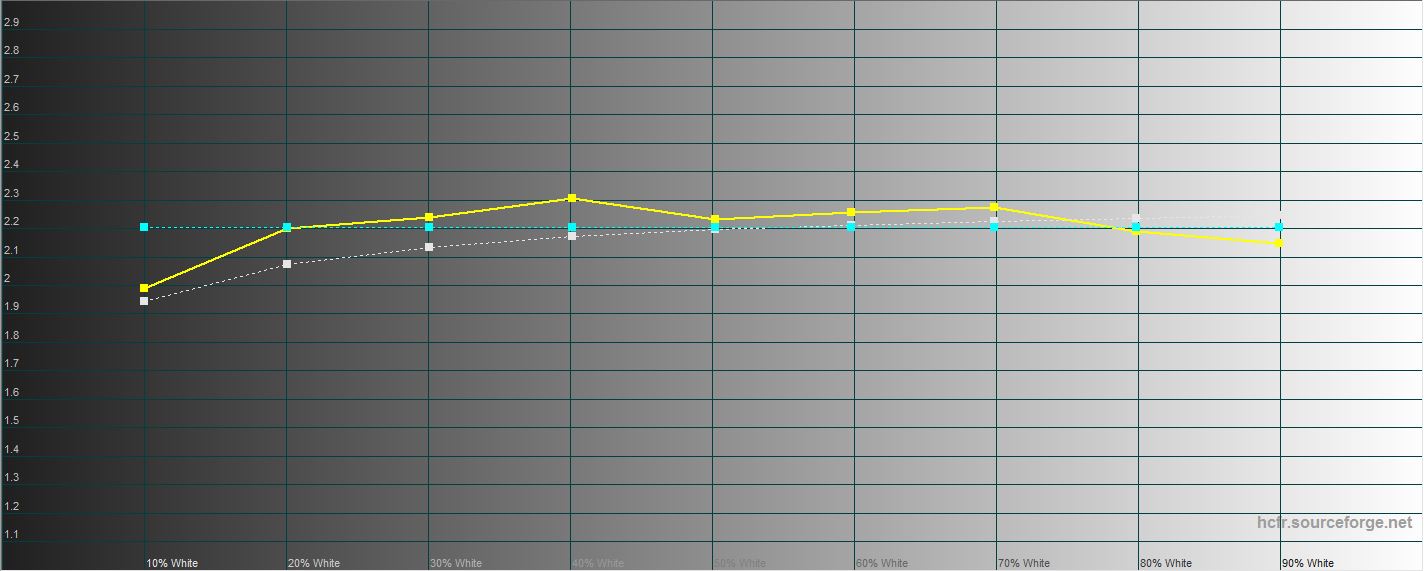
</ img>

</ img>

</ img>
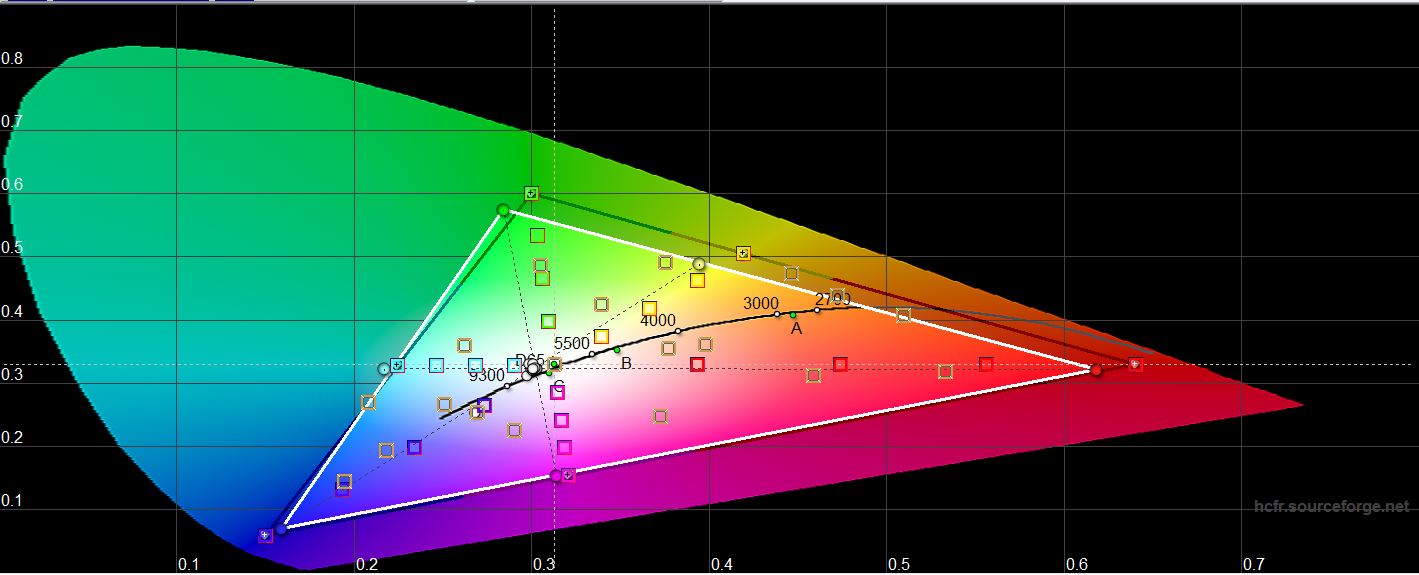
</ img>


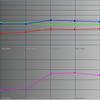


If you have questions about his screen (or any others) - leave them in the comments, we will try to answer them here or in the review itself.